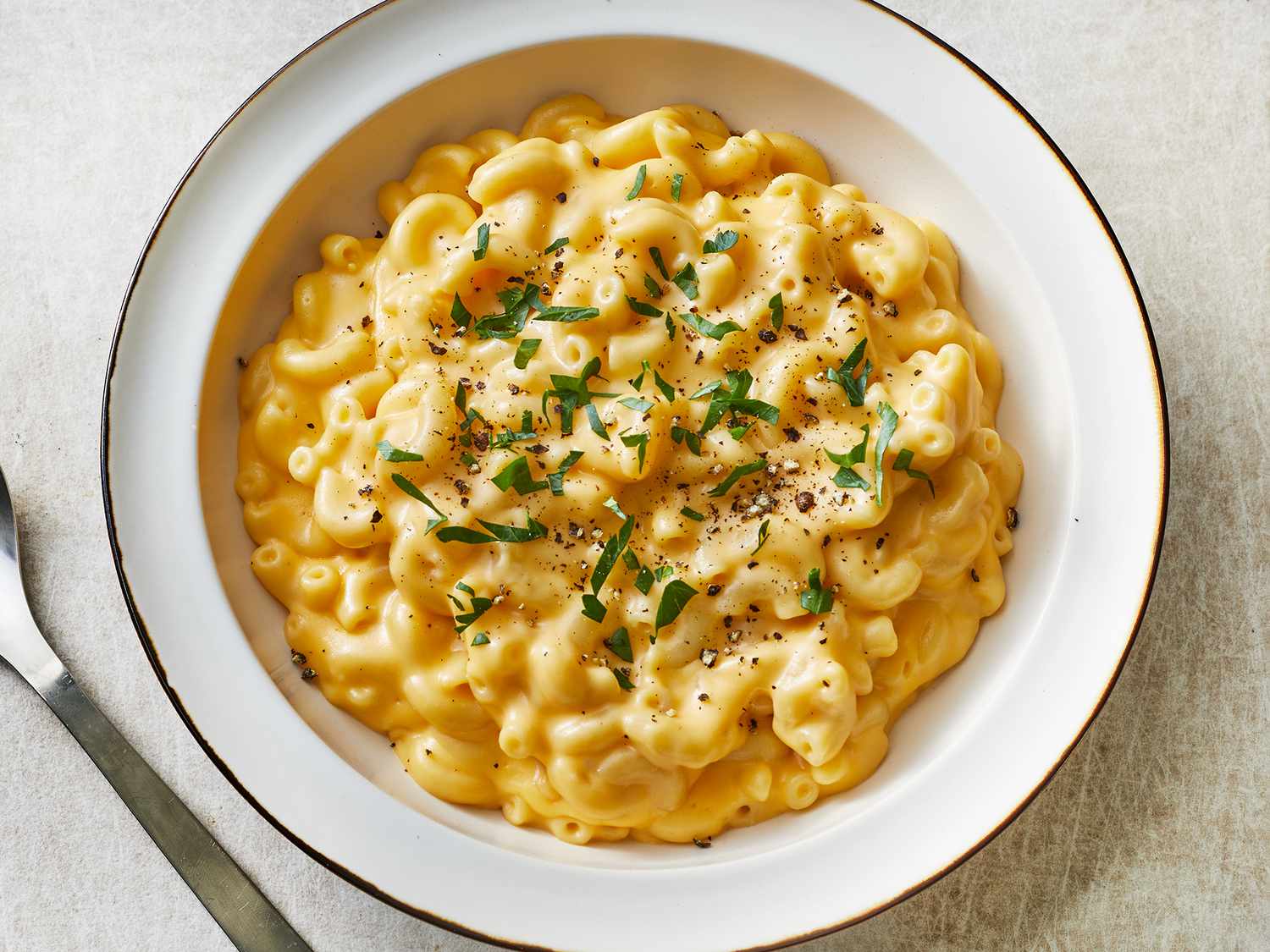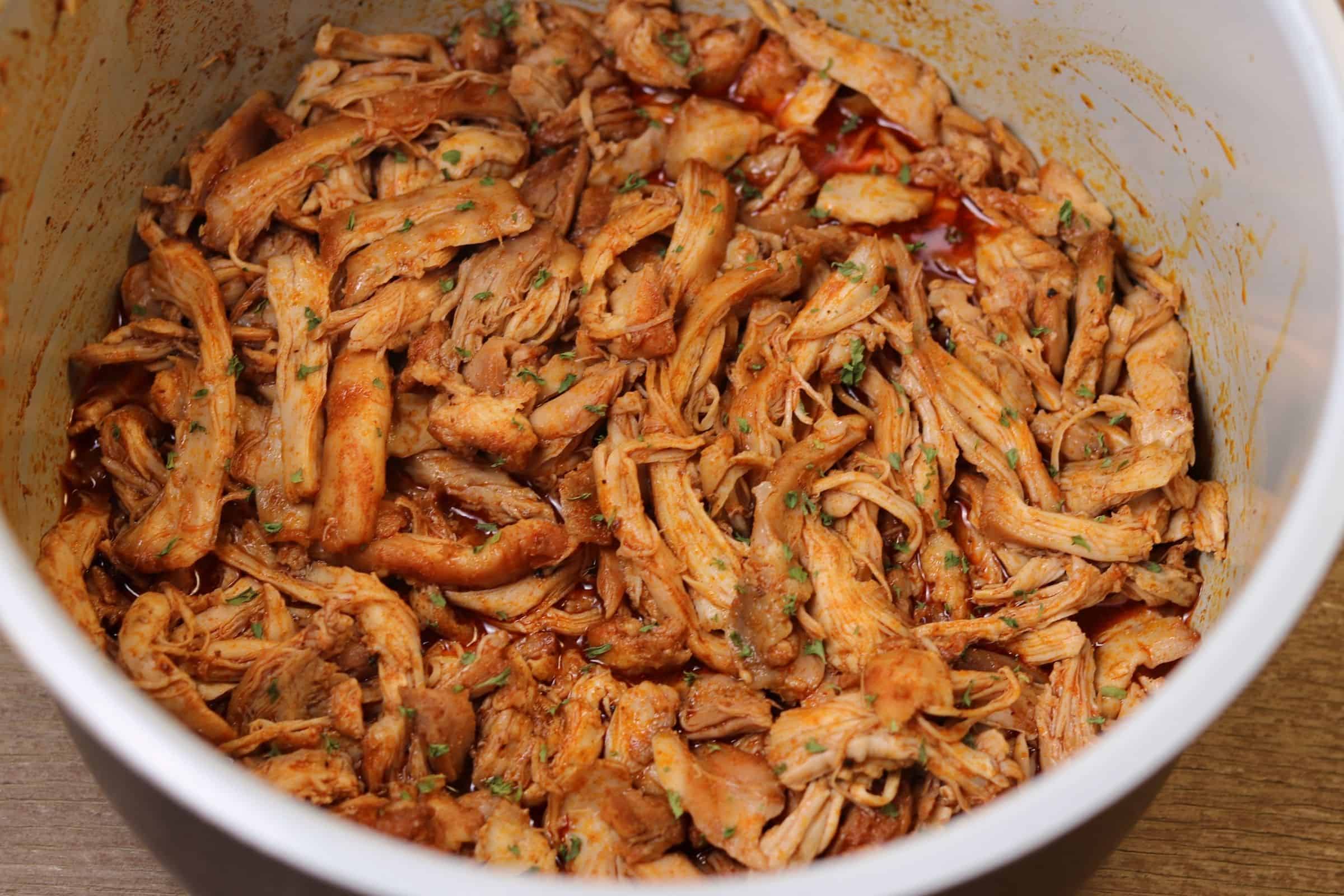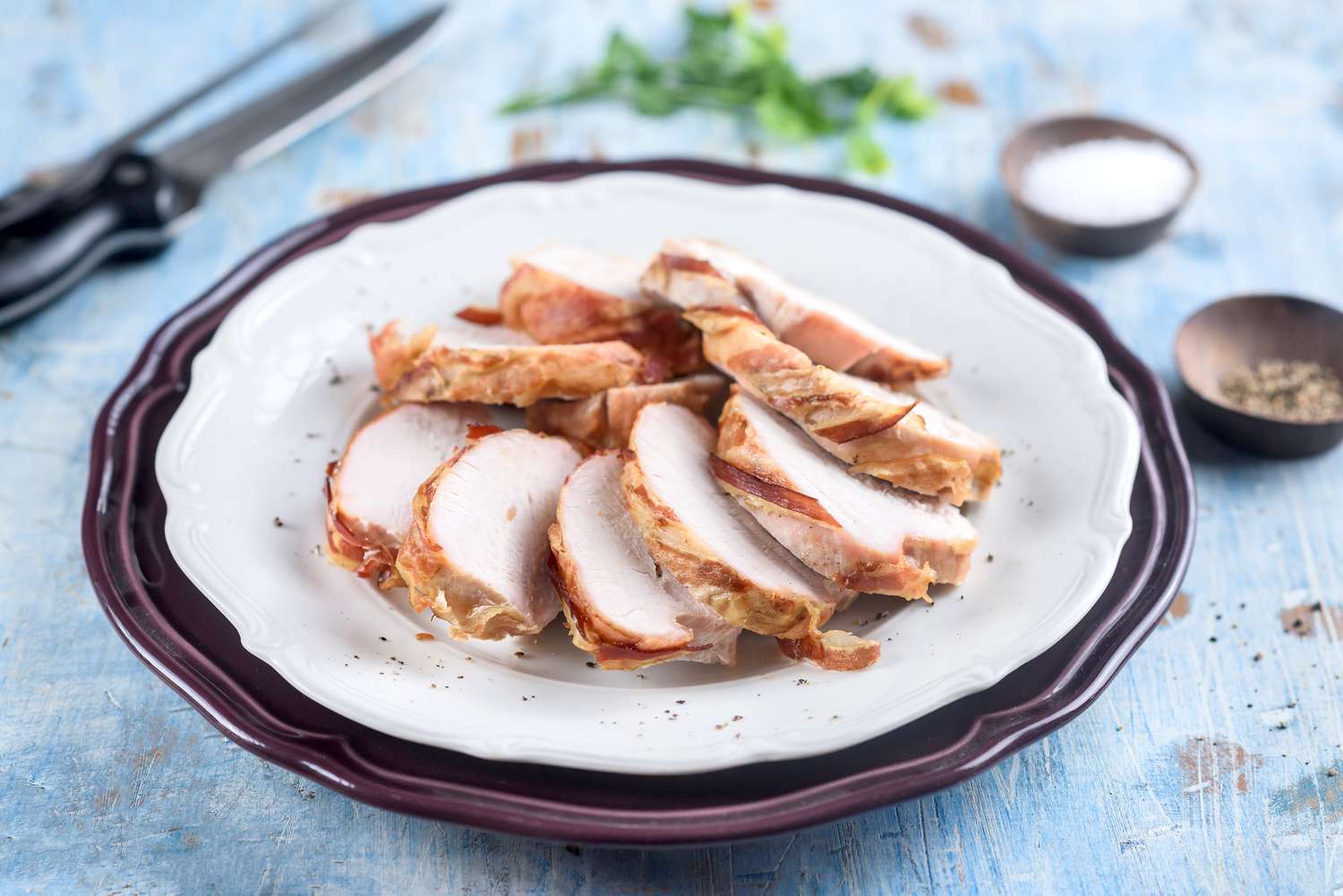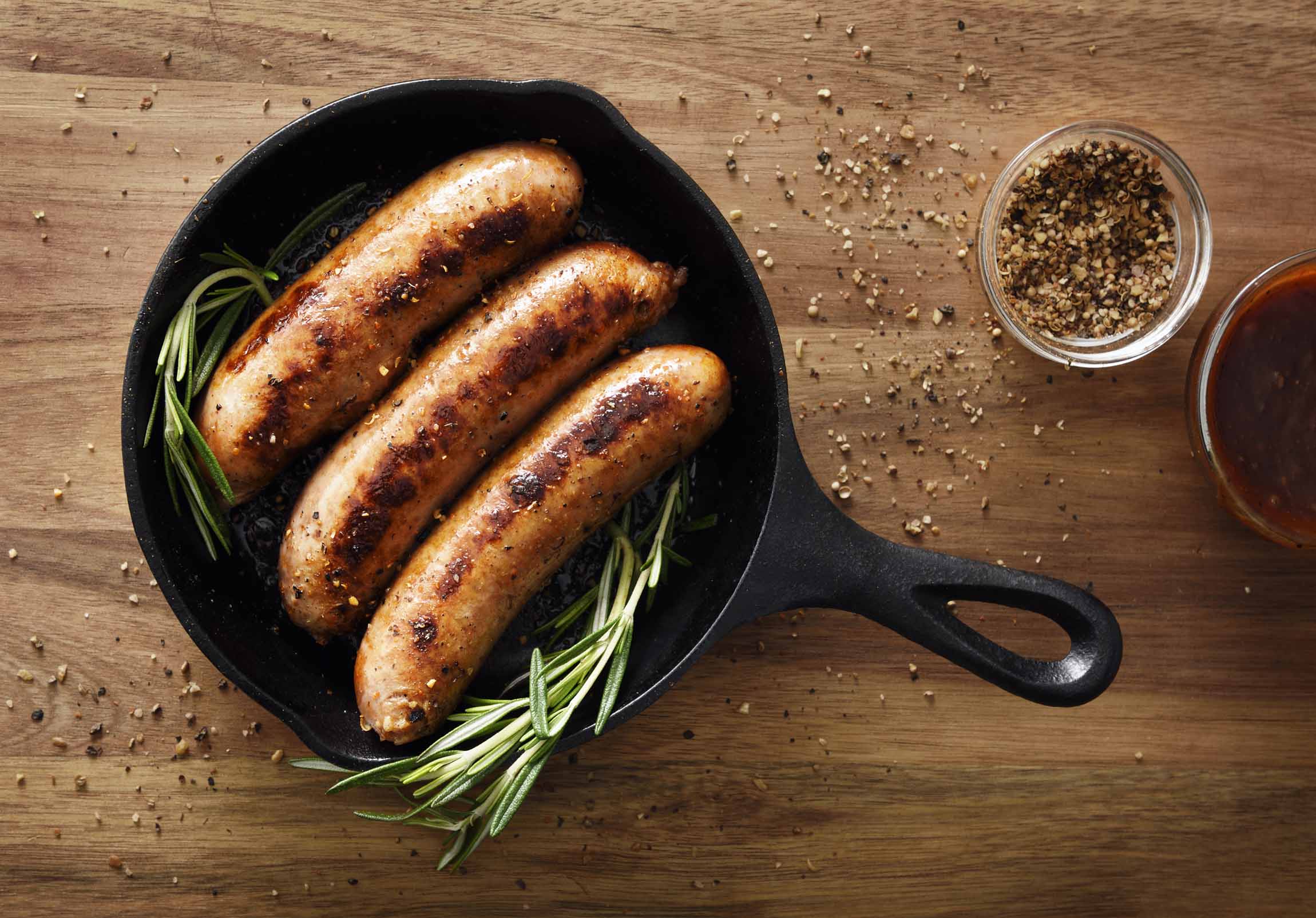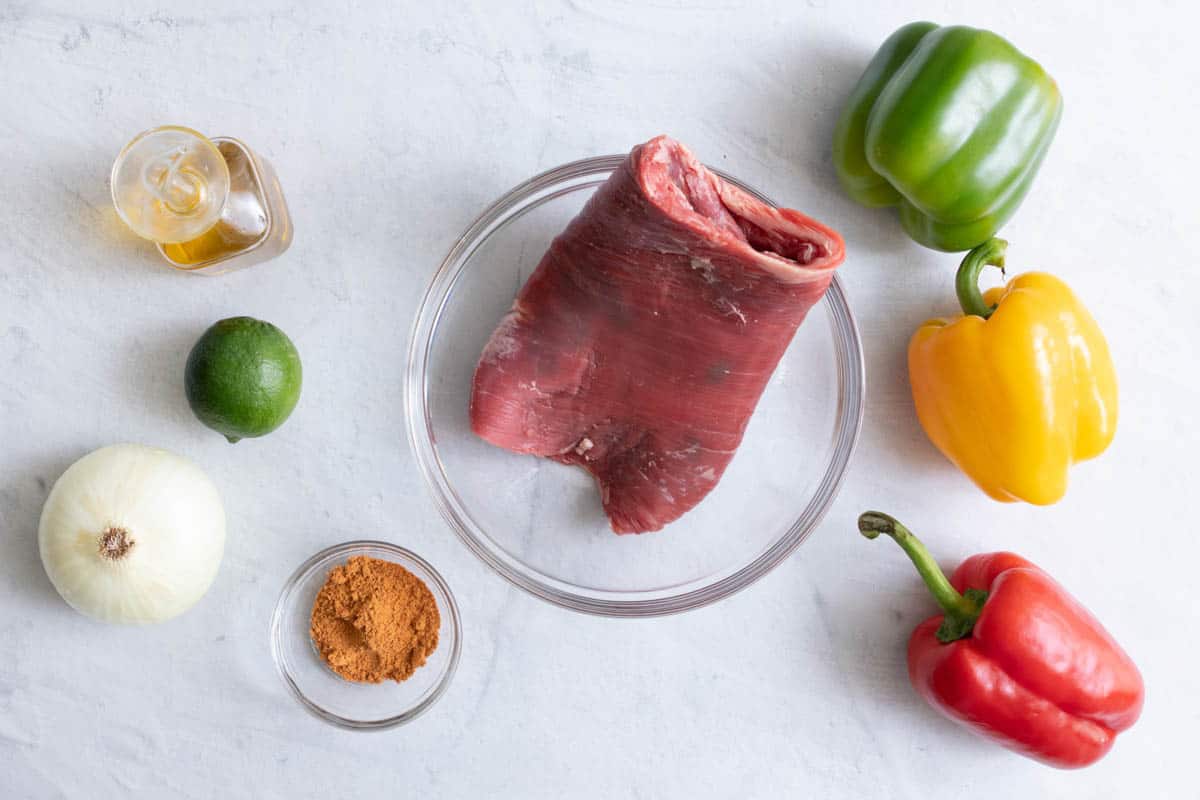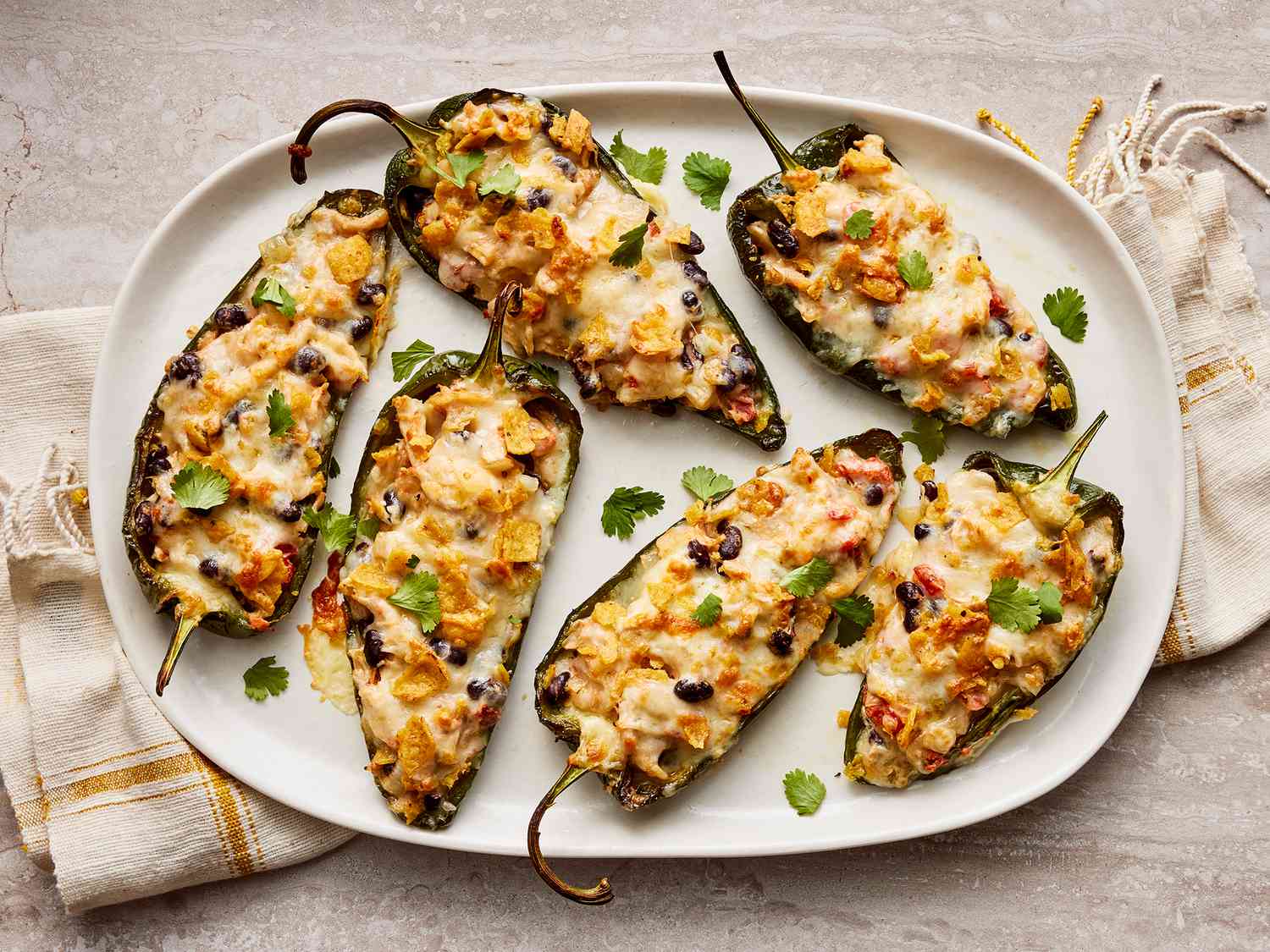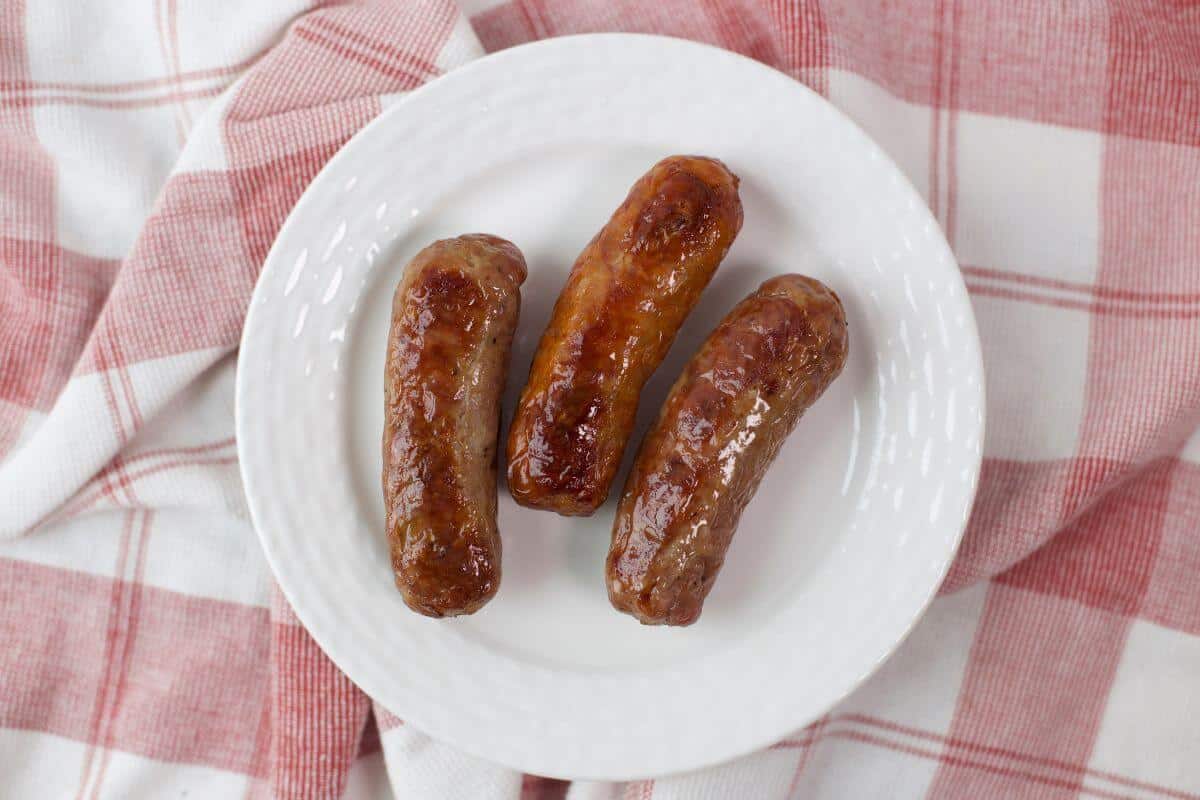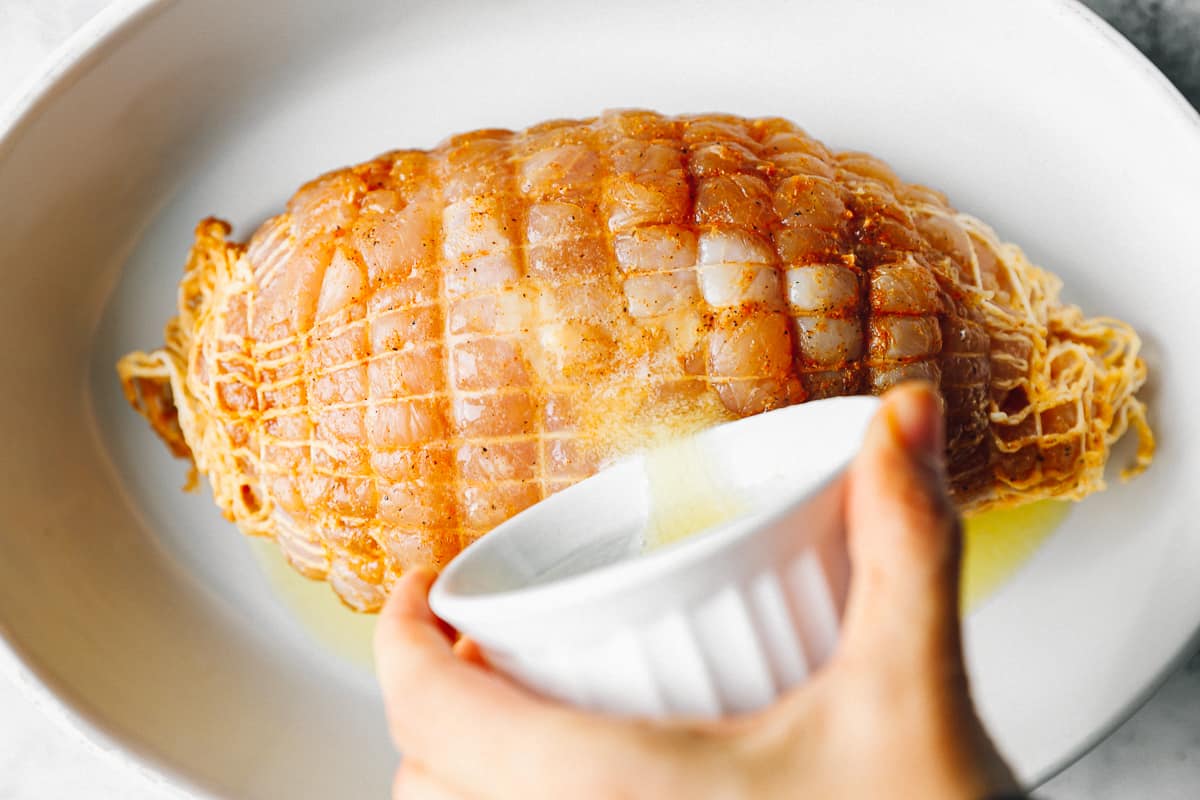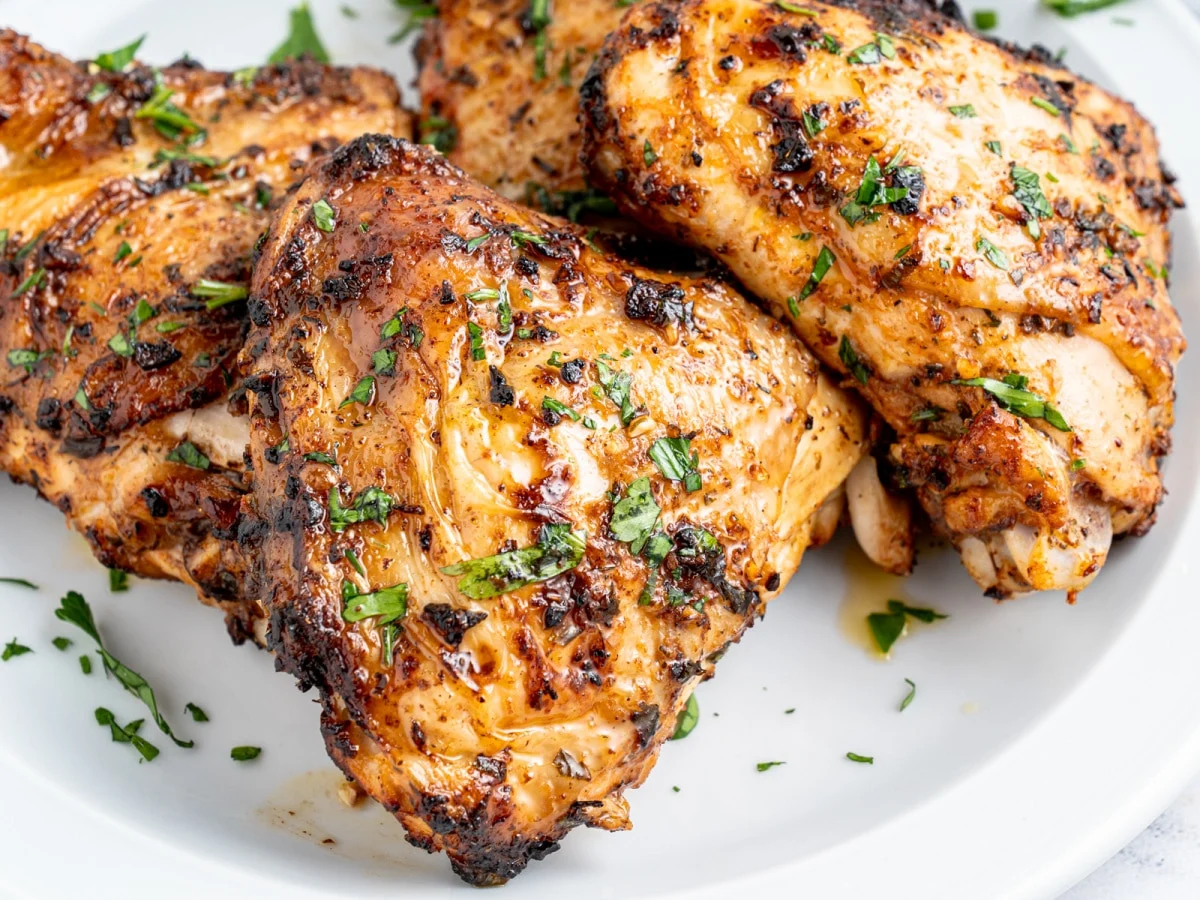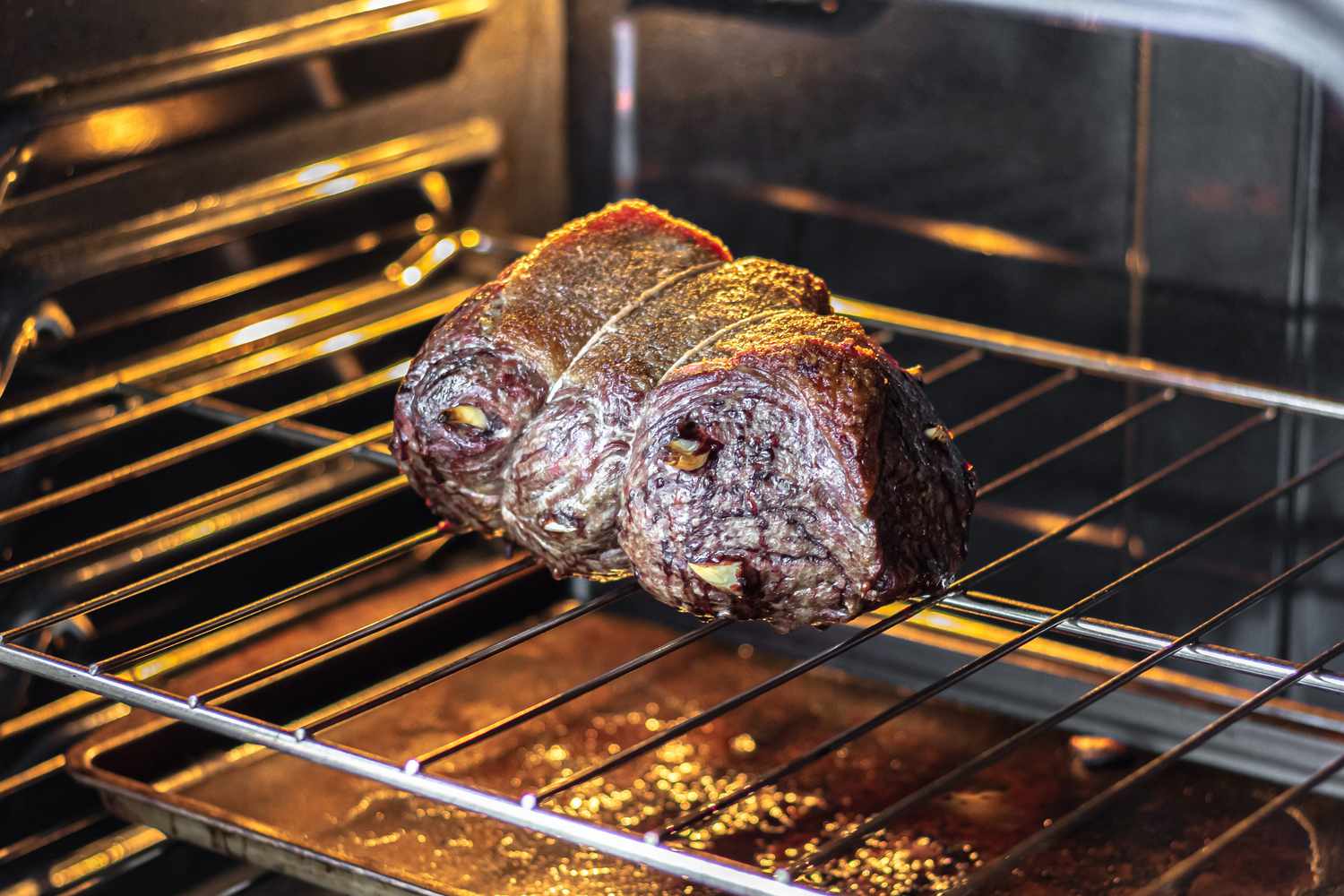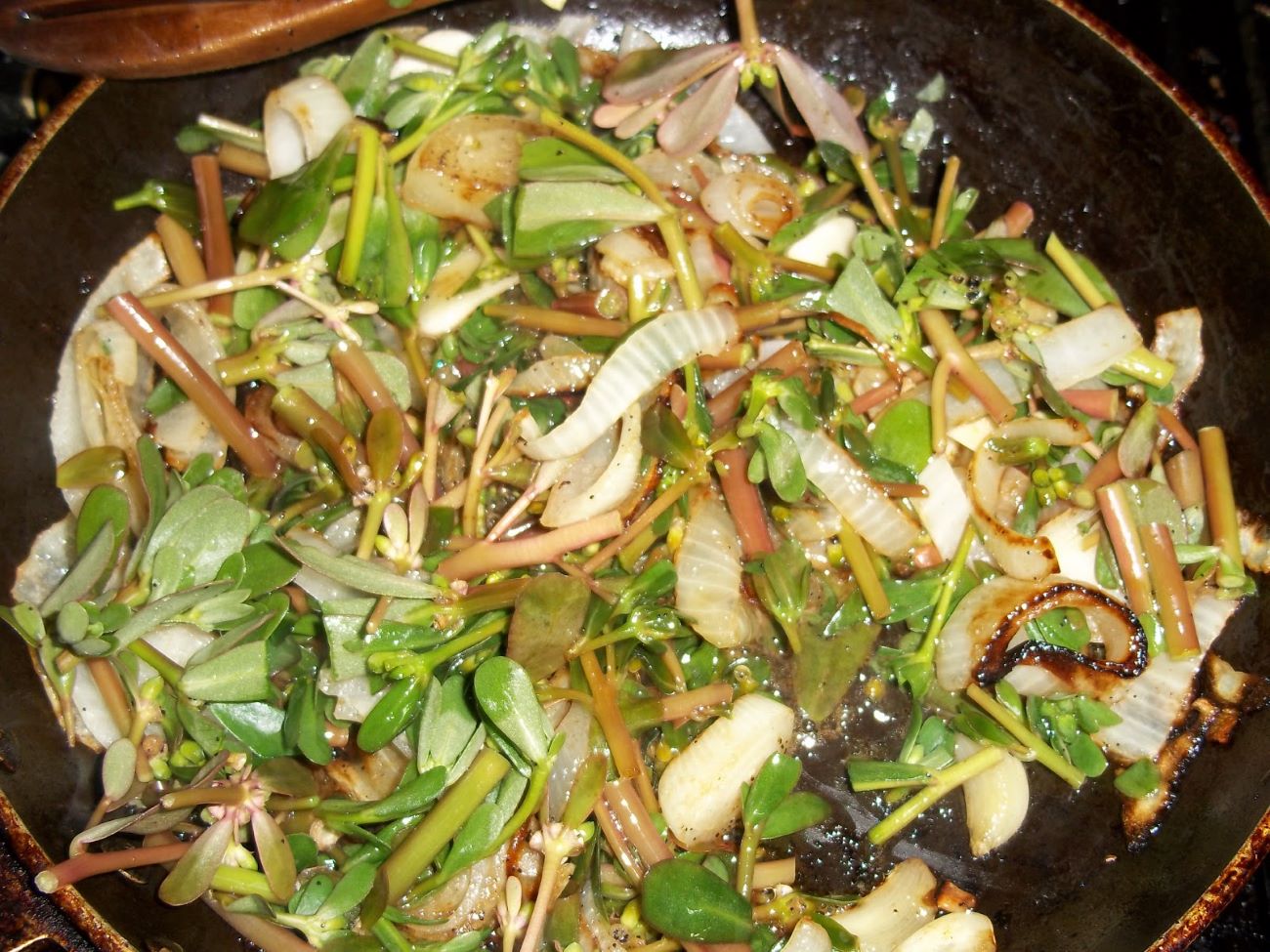How To Cook Ribs On A Pit Boss Pellet Grill
Gather around, barbecue enthusiasts! Today, we’re going to dive into the mouthwatering world of cooking ribs on a Pit Boss Pellet Grill. Whether you’re a seasoned pit master or a beginner griller, this guide will help you achieve perfectly tender and flavorful ribs that will have your guests begging for seconds.
1. Choose the Perfect Ribs
The secret to great ribs starts with selecting the right cut. When it comes to pork ribs, there are two popular options: Baby Back Ribs and Spare Ribs. Baby Back Ribs are smaller and more tender, while Spare Ribs are meatier and have a richer flavor. Whichever you choose, make sure they are fresh and of high quality.
2. Prepare the Ribs
Before you fire up the grill, it’s essential to prepare the ribs properly. Start by removing the thin membrane on the bone side of the rack. This will help in tenderizing the meat and allow the flavors to penetrate. Use a butter knife to loosen one end of the membrane, then grab it with a paper towel and peel it off in one smooth motion.
3. Seasoning is Key
Now comes the fun part—seasoning the ribs! Create a flavorful rub by combining your preferred blend of spices, such as paprika, brown sugar, garlic powder, salt, and pepper. Apply the rub generously on both sides of the ribs, ensuring an even coating. Allow the ribs to marinate in the refrigerator for at least 1 hour to let the flavors meld.
4. Preparing the Pit Boss Pellet Grill
While the ribs are marinating, it’s time to get your Pit Boss Pellet Grill ready. Follow the manufacturer’s instructions to fill the hopper with wood pellets of your choice. Pellet grills offer a wide range of flavors, such as hickory, applewood, or mesquite, which can enhance the taste of your ribs. Set the temperature to 225°F (107°C) for low and slow cooking.
5. The Slow and Smoky Cook
Place the seasoned ribs on the grill grates, bone-side down, and close the lid. Let the Pit Boss Pellet Grill work its magic, infusing the meat with a delicious smoky flavor. Maintain a consistent temperature throughout the cooking process by monitoring the grill’s temperature gauge and adjusting the temperature accordingly.
Remember, slow and steady wins the race. Allow the ribs to cook for approximately 3-4 hours, or until the internal temperature reaches about 195°F (90°C). At this point, the ribs should be tender, with the meat slightly pulling away from the bone.
6. Glaze and Caramelization
To add a mouthwatering finishing touch, glaze the ribs with your favorite barbecue sauce during the last 30 minutes of cooking. Brush the sauce on both sides of the ribs and let it caramelize over the heat. This step will enhance the flavor profile and create a beautiful, sticky glaze.
7. Rest and Enjoy
Once the ribs are done cooking, resist the temptation to dig in immediately. Allow them to rest for about 10 minutes to let the juices redistribute and the flavors settle. This step is crucial for achieving succulent and tender ribs.
Serve the ribs with additional barbecue sauce on the side and enjoy the fruits of your labor. Whether you’re hosting a backyard barbecue or simply indulging in a delicious meal, cooking ribs on a Pit Boss Pellet Grill is a guaranteed crowd-pleaser.
- Choose the perfect ribs.
- Prepare the ribs by removing the membrane.
- Create a flavorful rub and let the ribs marinate.
- Prepare the Pit Boss Pellet Grill and set the temperature.
- Slowly cook the ribs at a consistent temperature for 3-4 hours.
- Glaze the ribs in the final stages to add a sticky caramelized finish.
- Let the ribs rest before serving and enjoy the deliciousness!
So, fire up your Pit Boss Pellet Grill and get ready to impress your friends and family with the best ribs they’ve ever tasted. Happy grilling!
Was this page helpful?
Read Next: How To Cook A Rabbit On The Grill
